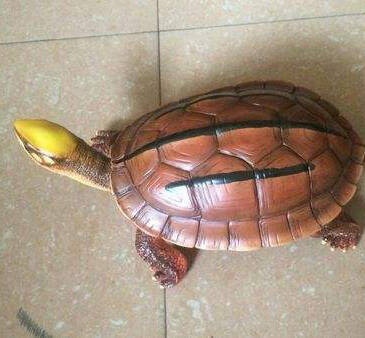
Cuora trifasciata
Cuora trifasciata,Chinese Three-striped Box Turtle,Golden coin turtle, golden head turtle, red edge turtle, red belly turtle, broken board turtle, Sichuan back turtle
The three-striped box turtle is called Chinese Three-striped Box Turtle in E···
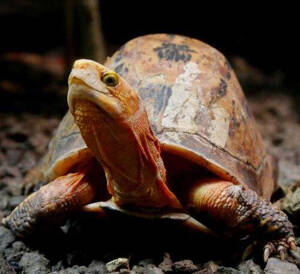
Cuora bourreti
Cuora bourreti,Bourett's Box Turtle,Brandt's box turtle,Bourett's Box Turtle,Cuora galbinifrons bourreti Obst & Reimann
Bourett's Box Turtle is a medium-sized land turtle.The Bourreti box turt···
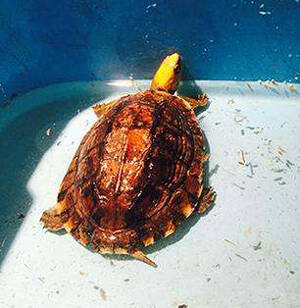
Golden-headed Box Turtle
Golden-headed Box Turtle,Golden turtle, splint turtle, yellow turtle
Golden-headed Box Turtle, with two subspecies.In the late 1980s, Luo Bitao a···
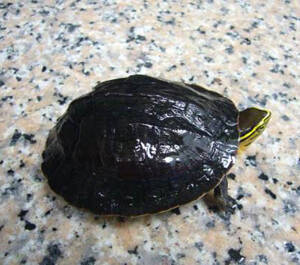
Cuora amboinensis
Southeast Asian Box Turtle,Southeast Asian Box Turtle,Humpback turtle, Vietnamese turtle, Ambu box turtle
The Southeast Asian Box Turtle has four subspecies.In his book The Reptiles ···
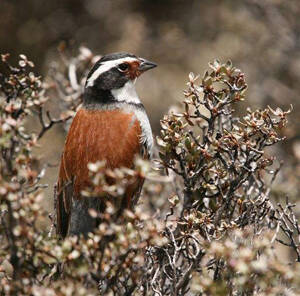
Emberiza koslowi
Tibetan Bunting,Emberiza koslowi,
Tibetan Bunting is a small songbird with no subspecies.Tibetan Bunting usual···
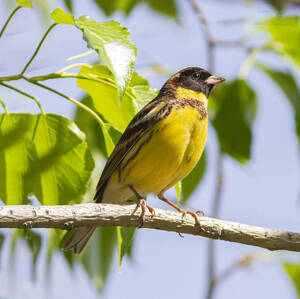
Yellow-breasted Bunting
Yellow-breasted Bunting,Yellow bile, Java sparrow, yellow belly sac, yellow bean, wheat sparrow, old ironback, golden bunting, white-shouldered bunting, yellow-breasted bunting
Yellow-breasted Bunting is a small songbird with two subspecies.Yellow-breas···
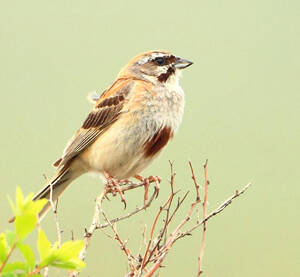
Emberiza jankowskii
Emberiza jankowskii,Jankowski's Bunting,Rufous-backed Bunting,Red-bellied Sparrow
The foreign name of the Chestnut-bellied Bunting is Jankowski's Bunting,···
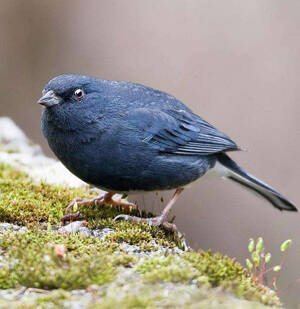
Latoucheornis siemsseni
Latoucheornis siemsseni,Slaty Bunting
Slaty Bunting is a small songbird, endemic to China, with no subspecies.Slat···
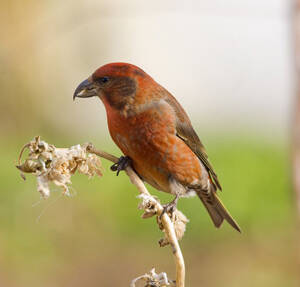
Loxia curvirostra
Loxia curvirostra,Common Crossbill,Crossbill, Green Crossbill
Common Crossbill, also known as Common Crossbill, is a small swallow with 19···
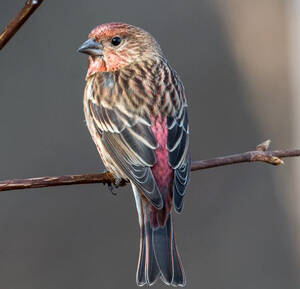
Carpodacus roseus
Carpodacus roseus,Pallas's Rosefinch,Tit
Pallas's Rosefinch, also known as Pallas's Rosefinch, has two subspe···
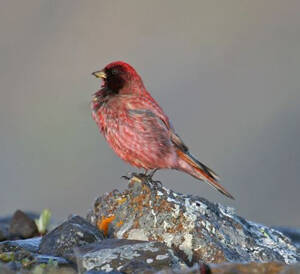
Carpodacus roborowskii
Carpodacus roborowskii,Tibetan Rosefinch,Tibetan Vermilion Bird, Tibetan Vermilion Bird
Tibetan Rosefinch is a high mountain and plateau desert bird with no subspec···
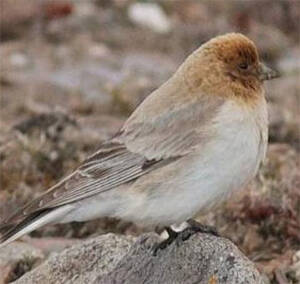
Carpodacus sillemi
Carpodacus sillemi,Sillem's Rosefinch,White-rumped rosefinch, White-rumped ridgefinch, Red-headed ridgefinch, Salem rosefinch
Brown-headed Rosefinch, also known as Sillem's Rosefinch in English, is ···
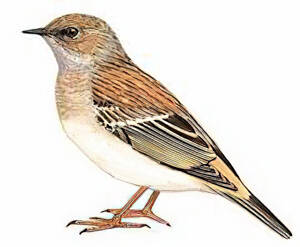
Prunella koslowi
Prunella koslowi,Mongolian Accentor,Desert Pipit,
The Helan Mountain Rock Pipit, also known as the Mongolian Accentor, is a sm···
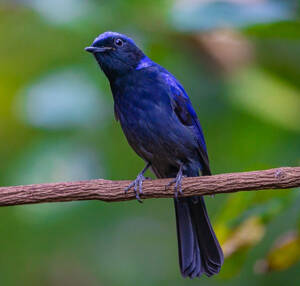
Niltava grandis
Large Niltava,Niltava grandis
The foreign name of the large niltava is Large Niltava, and there are 4 subs···
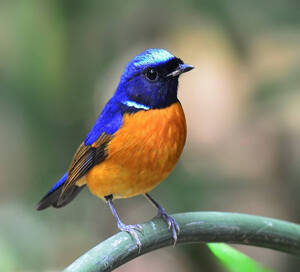
Niltava davidi
Niltava davidi,Fujian Niltava,Fujian Flycatcher
The foreign name of the brown-bellied great flycatcher is Fujian Niltava, an···
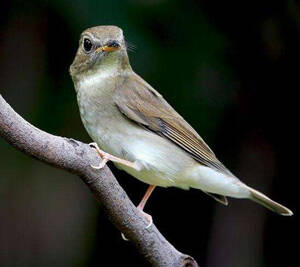
Rhinomyias brunneatus
White-gorgetted Jungle Flycatcer,Rhinomyias brunneatus,Rhinomyias brunneata
White-throated Jungle Flycatcer is also known as White-gorgetted Jungle Flyc···
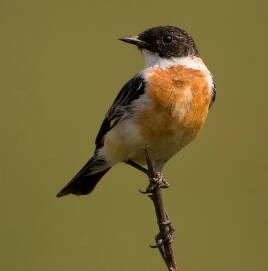
Saxicola insignis
Saxicola insignis,Hodgson's Stonechat,Ho's Tree Rock Bird
The white-throated stonechat is also known as Hodgson's Stonechat. It is···
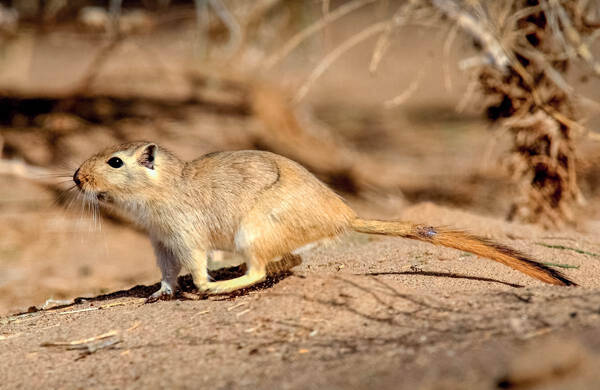
Rhombomys opimus
Rhombomys opimus,Great Gerbil,Yellow rat, Greater sand rat
Gerbils live in colonies, often active during the day, and do not hibernate.···
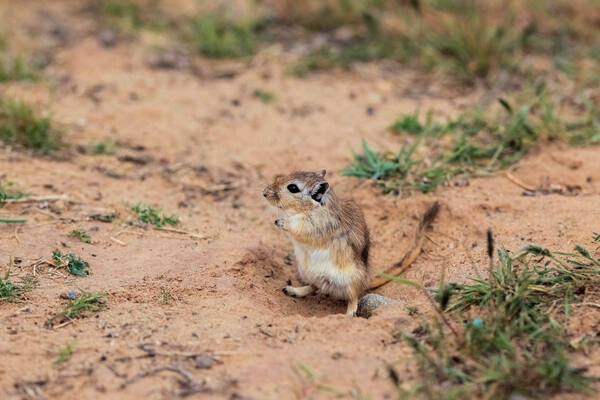
Meriones unguiculatus
Meriones unguiculatus,Meriones unguiculatus unguiculatus,Long-clawed gerbil, Mongolian gerbil, black-clawed Mongolian gerbil, yellow rat, sand rat
The long-clawed gerbil is a small grassland animal, between the size of a la···
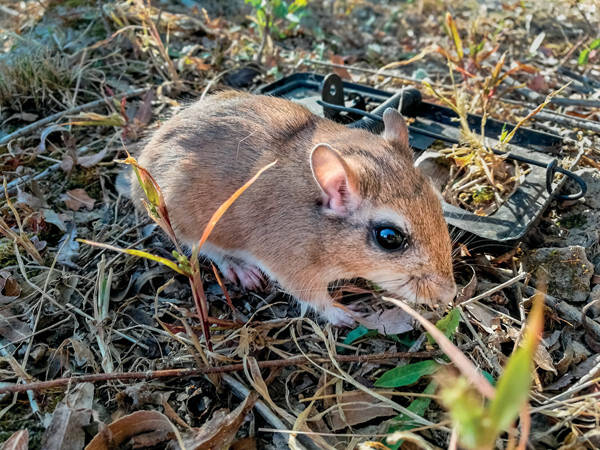
Meriones tamariscinus
Meriones tamariscinus,Tamarisk gerbil,Sand rat
Tamarix gerbils belong to the Gerbillinae subfamily. The species-level class···
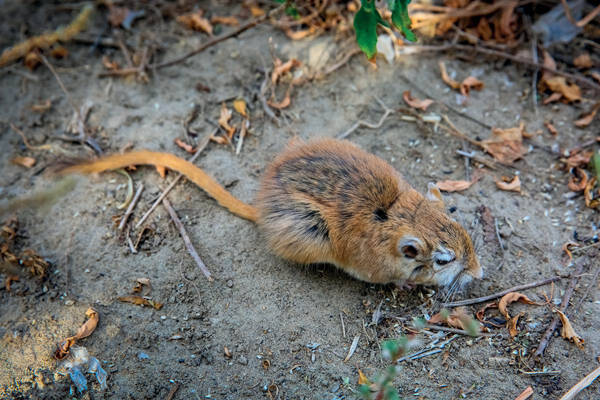
Meriones meridianus
Meriones meridianus,Yellow rat, noon gerbil, midday gerbil
Merionis meridianus is a gerbil unique to my country, belonging to the Gerbi···
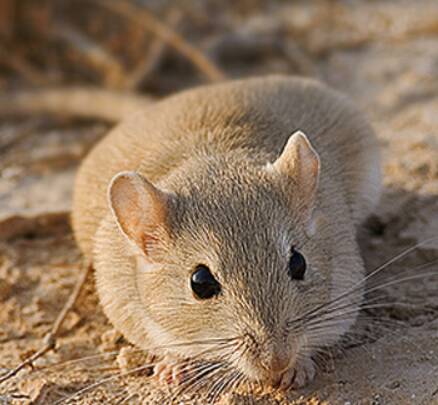
Meriones erythrourus
Meriones erythrourus,,Meriones libycus,Red-tailed gerbil
Red-tailed gerbils belong to the Gerbillinae subfamily. The species-level cl···
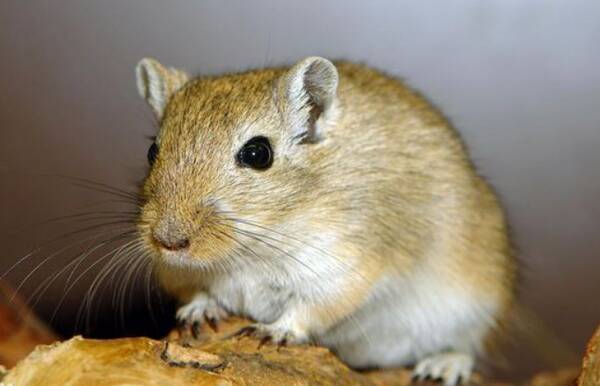
Brachiones przewalskii
Brachiones przewalskii,Short—eared gerbil,Short-eared mouse
Short-eared gerbils belong to the Gerbillinae subfamily. This genus has only···
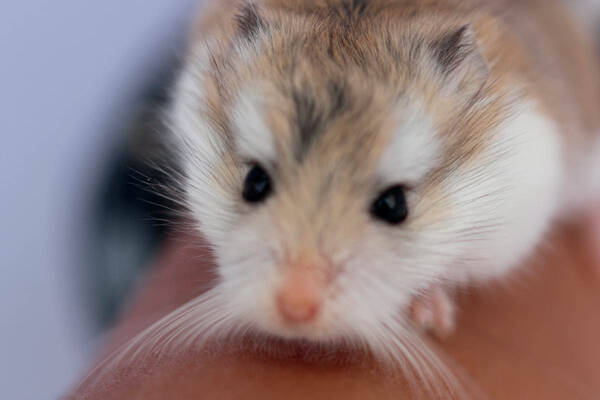
Phodopus roborovskii
Phodopus roborovskii,Roborovsky hamster, desert hairy rat, bean rat, and mother-in-law rat
Phodopus roborovskii is a species of the genus Phodopus in the subfamily Cri···
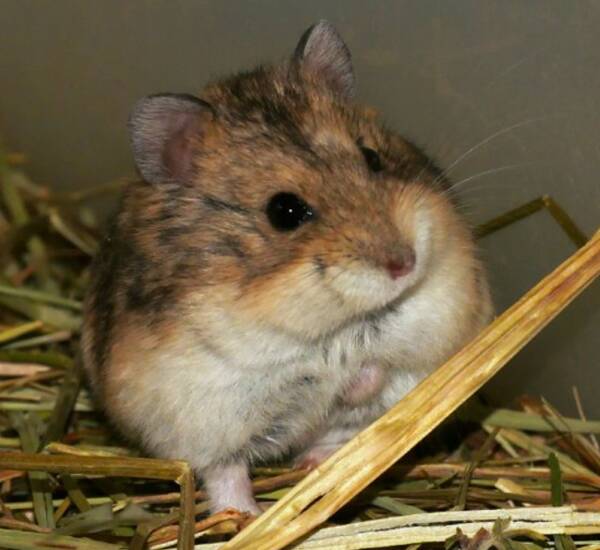
Phodopus campbelli
Phodopus campbelli,Campbell's desert hamster,Campbell hamster, first-line hamster
Campbell's hairy-footed mouse belongs to the subfamily Cricetinae. Hairy···
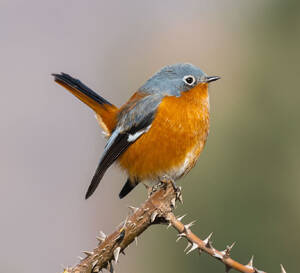
Phoenicurus alaschanicus
Phoenicurus alaschanicus,Ala Shan Redstart
Helanshan Redstart, also known as Ala Shan Redstart, is a medium-sized redst···
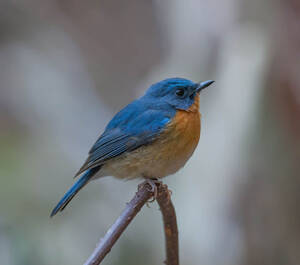
Tarsiger hyperythrus
Tarsiger hyperythrus,Rufous-breasted Bush Robi
Rufous-breasted Bush Robin, also known as Rufous-breasted Bush Robin, is a b···
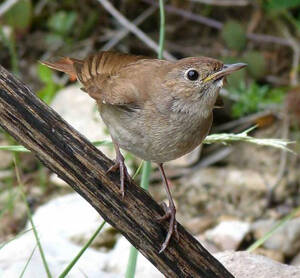
Luscinia megarhynchos
Luscinia megarhynchos,Common NightingaleNightingale,Night Robin
Xinjiang Nightingale is a small bird of the family Flycatcher and the genus ···
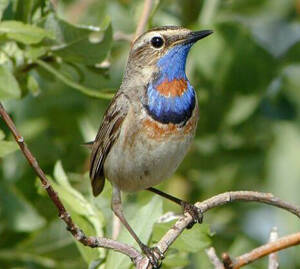
Luscinia svecica
Luscinia svecica,Bluethroat,Bluethroat, Bluegrass, Bluethroat, Bluethroat, Blue-throated
Bluethroat, also known as Bluethroat in English, has 10 subspecies.Bluethroa···
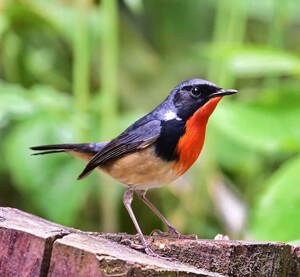
Luscinia pectardens
Luscinia pectardens,Firethroat
The Firethroat, also known as the Golden-breasted Robin, is a species of bir···
